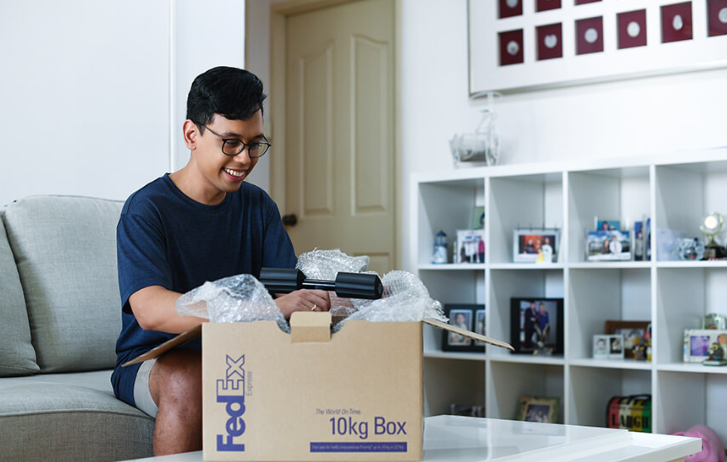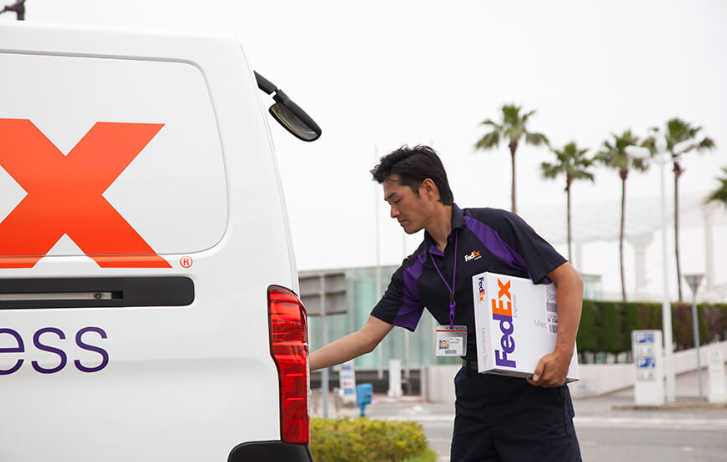
How To Build A Future-Proof Retail Supply Chain
By Kawal Preet | First published: February 10, 2022 Updated: February 12, 2023
Supply chains have transformed in our digital-first era. To support retail recovery, SMEs need to adopt tech solutions to streamline customer experience.
As we move further into 2023, it’s tempting to predict what the future holds. Although making predictions is challenging under the current climate, I like what the American writer William Gibson once said:
“The future is already here – it’s just not evenly distributed.”
The pandemic has changed how retailers engage with consumers. From social commerce to the rise of ‘direct-to-consumer’, the modern retail experience has dramatically evolved. Of course, there are followers, leaders, and trendsetters. Quite often, it is digital know-how and innovation that sets them apart.
When e-tailers ramp up their digital offerings, one commonly overlooked area is supply chains. Yet these form the backbone of the e-commerce ecosystem. An agile, resilient, and efficient supply chain is critical to delivering seamless online experiences to physical customers. Since the outbreak of the pandemic, three megatrends emerged that can help e-tailers modernize their supply chains and succeed in a digitalized retail world.
Providing integrated delivery services for time-starved consumers
Consumers nowadays are increasingly willing to outsource services to save time. The rising popularity of food delivery, grocery shopping or even home cleaning is driving up demand for ‘on-demand’ services. And this on-demand economy is projected to reach a whopping US$335 billion by 2025. Uber, for instance, transformed from ride-hailing service provider to on-demand delivery company, delivering transport, food and groceries to customers.
Businesses need to think holistically about providing value-added services to save customers time – that includes easy-to-use delivery with speed, flexibility, and convenience.
For small businesses with limited financial means, building integrated, on-demand delivery services from scratch isn’t always realistic or economical. So how can e-tailers tap the ‘on-demand’ trend and serve customers better?
Simple. They can look to integrate robust delivery services into their e-commerce platform by collaborating with established logistics players. It’s a win-win for both. With backend integration of logistics services, e-tailers can easily process bulk orders on a single automated platform, saving time. Logistics players can also leverage expanded partner networks to harness the power of supply chains.
VR/AR technologies to the rescue
Selling products online has evolved beyond loading a product catalog onto your website. Consumers living digital-first lifestyles expect new, innovative experiences from start to finish. Customers want to be wowed.
Take JD.com, the Chinese e-commerce leader, as an example. The company has aggressively transformed its e-commerce model into a 3D-enabled, immersive shopping experience. Through JD’s VR Shopping Galaxy app and the AR-enabled app, shoppers can enjoy an immersive virtual-reality shopping experience to browse and buy products or preview how a piece of furniture would look in their own homes.



The VR-and-AR powered retail market is set to soar from US$3,790 million in 2021 to US$17.8 billion by 2028, globally. In Asia Pacific, the growth pace is even faster. It’s expected to grow at a 38.4% YoY and reach $172.8 billion by 2026. The transformation from ‘what you see is what you get’ to ‘what you experience is what you get’ presents new opportunities for e-commerce businesses.
VR technology may soon be built into delivery services, as consumers place heightened focus on sustainable and ethical shopping. It’s quite possible that in the future, with a pair of 3D glasses, consumers can see how a product is being packaged in the warehouse or take a look at what makes the last-mile delivery process sustainable.
Unlocking new opportunities in untapped markets
Consumers in remote areas long for convenient and seamless e-commerce experiences. Such demand has only intensified with the rising middle classes in tier-2 and 3 cities and the availability of advanced digital infrastructure. The Asia Pacific, Middle East and Africa (AMEA) region is taking the lead. In India alone, the growth of e-commerce volumes in tier-2 and tier-3 cities has outpaced that in tier-1 cities. Online spending per customer in these lower-tier cities have also shown strong momentum, contributing nearly 50% of e-commerce sales in India.
As more businesses see opportunities in lower-tier markets, competition will intensify. To get ahead, retailers can lean on established logistics providers to connect with more customers across remote cities or even countries while increasing supply chain efficiency. With over 5,000 facilities, 680 aircraft and more than 200,000 motorized vehicles across our FedEx global network, we’ve been connecting people and possibilities across 220 countries and territories worldwide.



Technology is the powerful engine behind the e-commerce boom. Logistics players are banking on innovative solutions to help businesses deliver elevated, personalized experiences to consumers in remote areas.
We will explore new sustainable and intelligent logistics solutions such as zero-emissions delivery in the region to support our electrification efforts and our goal of becoming climate neutral by 2040. Successful implementation of unmanned delivery services can help e-tailers solve the riddle of reaching customers in far-flung areas without incurring high delivery costs – or high emissions.
Truly, the future is now. Winners will be those who have the foresight to build a tech-infused retail experience. Are you ready to take the leap?
For more insights on how businesses can harness technology and lean on logistics to thrive in Asia Pacific, visit our Small Business page here.
***
A version of this article first appeared in Retail In Asia, January 2022.
SHARE THIS STORY
- How To Ship A Giant Panda
- How To Make Freight Shipments Work For Your Small Business
- The Rise Of Intra-Asia Trade: Opportunities In The China-Southeast Asia Corridor
- Southeast Asia: The Next Manufacturing Powerhouse?
- 8 Most Unusual Shipments In The History Of FedEx
- Where Do Old Planes Go When They Retire?
Sign up now and save on your shipping rates!
Sign up now and earn discounts by shipping instantly with FedEx Ship ManagerTM at fedex.com.
Recommended For You

How To Build Resilient And Reliable Healthcare Supply Chains
Logistics sector leaders are set up to help healthcare providers smooth the pain points in supply chain management in an uncertain world.
Read More
6 Trends Shaping The Future Of E-Commerce
APAC e-tailers can take advantage of megatrends to drive growth and improve customer experience. Download our e-commerce white paper.
Read More
How To Manage Healthcare Supply Chain Risk Post COVID-19
Are you aware of all the factors that can impact how you manage your global healthcare product shipments?
Read More

